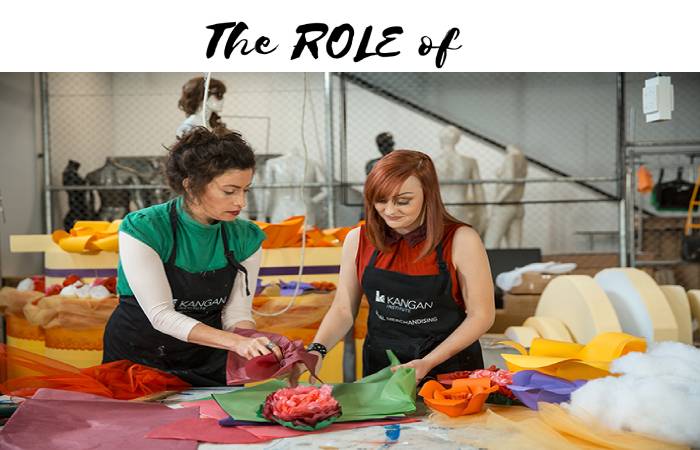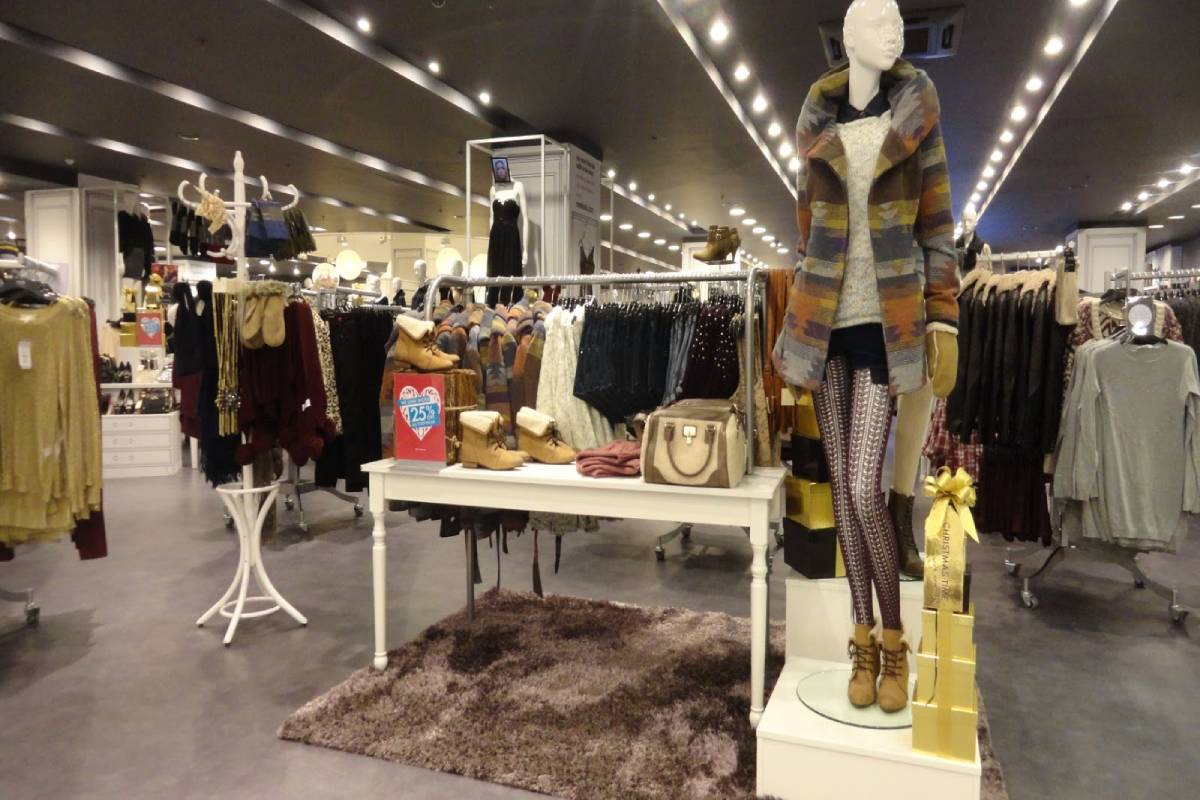Table of Contents
What is Visual Merchandising?
Visual merchandising is in charge of showing the presentation of the products at a point of sale to maximize the attention and attraction of the clientele. This not produce in any way but according to the strategy and philosophy of the brand itself.
To do this, different tools and methodologies typical of this marketing discipline use: spaces, colour, lighting, screens, posters, technology all to capture the interest of the public.
The Role of Visual Merchandising in Marketing

Without a doubt, the central role of visual merchandising in marketing is to serve as a link between a potential consumer and the product.
This is not easy at all since, as we know, competition is high and opportunities are scarce; therefore, it is necessary to attend to the strategic variables of each brand. These will guide the creative process in an orderly and coherent way with the values of each entity.
To understand well what visual merchandising is and to have a clear and concise scheme, we must always keep these three main arguments in mind:
1. To Attract Attention
- This technique’s primary and final objective is to make a good impression with the staging to “whet the appetite” of the person willing to share an experience with the brand, product or service in question.
2. Provoke Desire
- It is the most powerful way to achieve this attraction. Remember that in marketing, we can satisfy needs or provoke desires, and at this point, the second option is the ideal one to captivate the consumer at the end of the sale.
- We must not forget that tools such as visual merchandising are vital to creating a brand since it is one of the stages of greater visibility and exposure. This must always do according to the guidelines set by the strategic lines of each company.
- This work extends from the showcase itself to the distribution of shelves, products, signage and other visual aids within the store. It seeks to maximize the customer’s journey in the establishment. And thus extend the time of stay in the premises as much as possible.
- Nowadays, the principles of visual merchandising are also applied and transformed in the digital field: digital points of sale.
- And e-commerce is new areas in which to use this type of methodologies.
- Digital visual merchandising tries to show products and services in an attractive and empowering way of the purchase.
- It is no longer worth having the best product, the fastest shipping or the fastest return. Now, you also have to fall in love with the staging.
- Examples such as Ikea and the showrooms of its physical stores show the potential and the path of this tool in retail. Still, others such as Zalando and its “selected looks” offer discipline in the digital environment.
- In one way or another, we see more and more frequently how marketing, creativity and design put at the service of sales environments where visual merchandising appears to take part in consumer decisions.
Essential Aspects of Visual Merchandising

Aromas
- The sensory senses are essential in the shopping experience.
- For this reason, companies select a particular scent that is present in all their stores and is even impregnated in clothing so that the user can quickly identify it.
Lighting
- Depending on the products in the store, you can look for different lighting according to the theme of the place.
- For example, department stores tend to have more dynamic lighting, while speciality stores such as boutiques tend to be more subtle in lighting themes to highlight specific products.
Signage
- The graphics embedded in the store have a critical identity component; however, guiding the customer within the store is also essential.
- The changing rooms, boxes, counters, shopping bags section must well distribute to ensure that traffic is agile.
What is the Difference between Visual Merchandising and Showcase?
In both cases, what you want to achieve is to project a consistent brand image and that the buyer can recognize it just by looking at the appearance of the store, the colours, the smell, the furniture, among other aspects.
That is why the choice of all these elements must be consistent with what the brand wants to convey to consumers and how it wants the competition to see it as well.
Colours and typography are aspects that determine the style of the products. And the personality that you want to convey to the target audience.
How to be a Visual Merchandising?
Be Creative
- The more creative you are, the more possibility to stand out you will have, so we invite you to develop this extraordinary skill.
- Any advice to improve it? Yes, every morning when you wake up, write a couple of pages in a notebook, write whatever you want, from lived stories to invented things, it doesn’t need to be coherent, register!
Look, Look and Look
- Stroll down the street and pay attention to your surroundings, what moves people, what windows attract your attention, what attracts you and what displeases you.
- Indeed the behaviour of many users is similar to yours.
Train yourself
- The best way to do a job well done is to have prior knowledge.
- Having notions of balance, the use of colours, styles and psychology in marketing will help you to be a great professional in the field.
- At the MasterD School of Design, you have all the necessary tools to acquire all this knowledge.
Conclusion
Visual merchandising is a strategic tool that involves generating an attractive, sensory. And an emotional environment to encourage users to buy using all the available physical space.
The consumer must attract to the products displayed in the store. Thus, it is essential to ensure that the visual aspects are in harmony and that they are in trend.

